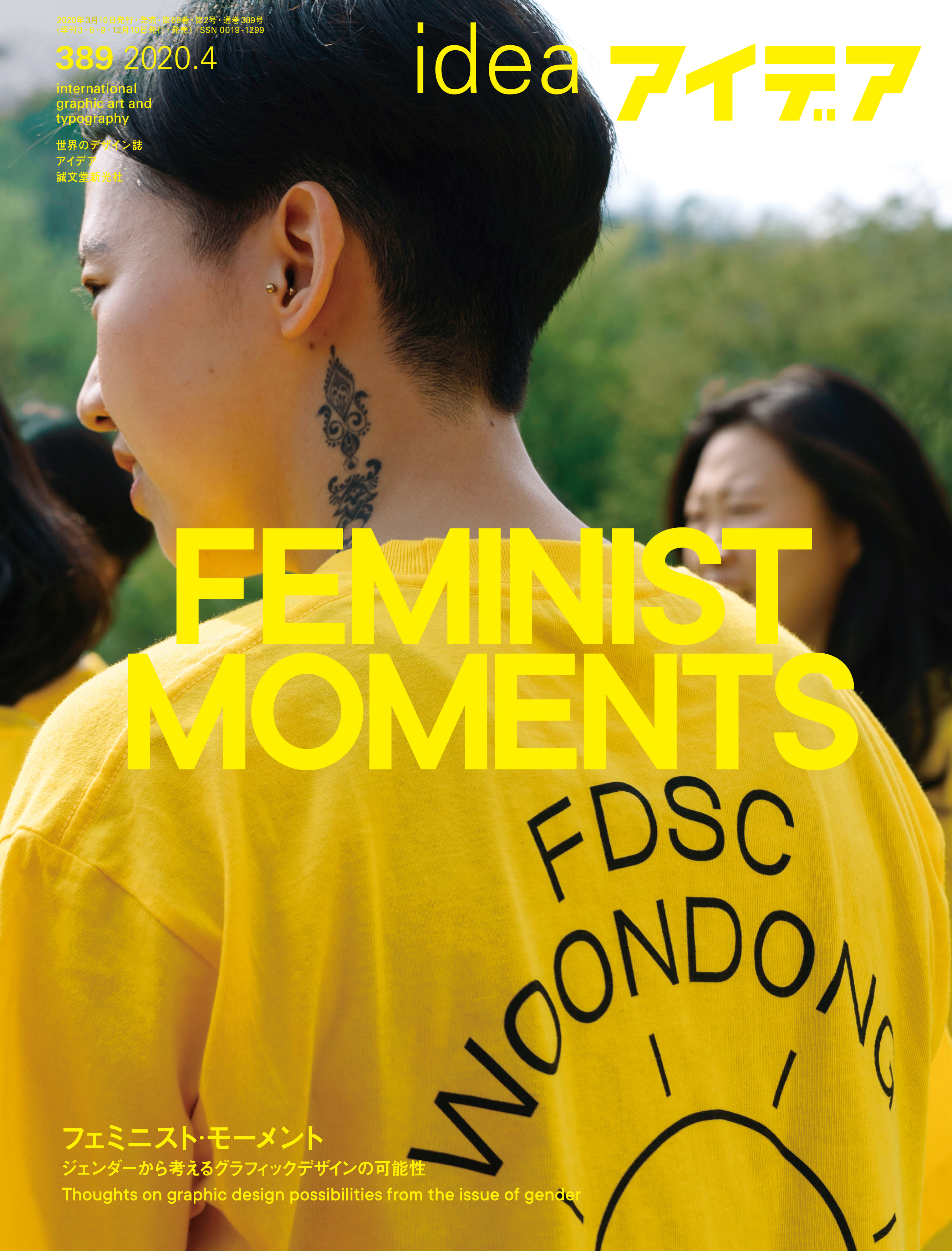Keyword
Feminist Moments
Thoughts on graphic design possibilities from the issue of gender
Direction by Idea
Design by LABORATORIES (Kensaku Kato, Hiroyuki Kishida)
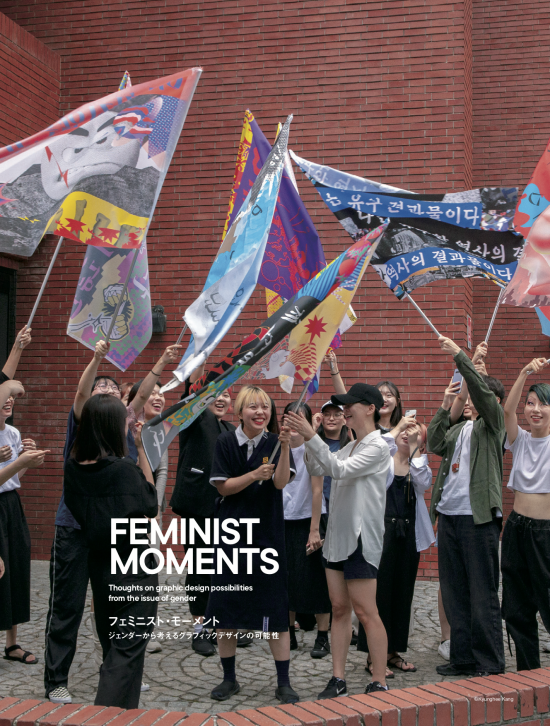
【Introduction】
The British art magazine Art Review ranks the most influential figures in the contemporary art world in its annual “Power 100.” In 2018, #MeToo ranked third place. The movement, which first spread around the world in 2017 following the sexual harassment accusations in Hollywood, is now expanding its influence into the art and design fields.
At around the same time in South Korea, a feminist novel Kim Ji-young, Born 1982 (Cho Nam-joo, Minumsa) became a big hit. The story of women living in the modern world, which until then had remained largely undiscussed, and the feeling of something being out of place—having to live through difficulties and face unreasonable circumstances and inequality as women—were described through the life of the main character, Kim Ji-young. The book struck a chord especially among the readers of the generation, and the Japanese version also recorded unusual sales. Starting with the “Korea, Feminism, and Japan” feature in the Bungei magazine (fall 2019) that summarized this trend, and with the additional help of Korean feminist literature, many people in Japan began to focus on gender bias in their immediate surroundings.
Looking at the gender situation in Japan, medical school entrance exam discrimination against female and repeat applicants that came to light in 2018 has caused a huge ripple effect. In response to this incident, gender equality became the main slogan at last year’s Aichi Triennale where they attracted attention by dividing the list of participants into almost equal numbers of male and female artists. Having stepped into an age where it feels more unnatural to remain ignorant of the gender issue, we find ourselves standing amid a “feminist moment,” regardless of our gender.
Faced with a society in which gender inequality exists, what questions can we ask through design? Graphic design, essentially, has the ability to challenge society through visual language. If this is true, what actions can designers take? This special feature was designed to introduce examples that delve into these ideas.
In addition to the aforementioned feminist movements, in South Korea, issues such as the sexual harassment problem in the art industry became apparent at around the same time. These incidences urged female designers in the graphic design industry to work on projects and exhibitions that focus on fellow female designers and their achievements. Our feature opens with two exhibitions, “The W Show: A List of Graphic Designers” and “Peony and Crab: Shim Woo Yoon Solo Show,” both of which were produced by female designers and introduced diverse examples of graphic design exhibitions.
While the former equally juxtaposed female designers from different generations through a list and database, the latter used the concept of a fictitious female designer. In it, seventeen designers produced and displayed various works that the fictitious artist would have produced, and the project attested to the participating designers’ shared intention to not be dictated by a fixed format or stereotype, or even by the fact that the titular artist is a “woman” and that the show is her “solo exhibition.” While their approach is different, neither of these two exhibitions was about showing a particular style; they were practices of speculative design that illuminated the attitudes of the graphic designers.
Among other Korean designers featured in this issue, new and old female designers from Japan, the United States, and Europe also lead their field and have pioneered their careers. However, they are not necessarily feminists, and not all are consciously confronting the gender issue. As was the case in the two exhibitions in South Korea, gender does not necessarily command a specific shape or design style, and it is not our intention to link gender and style in this feature. That is to say, in considering the possibilities of future graphic design, establishing such constraints as “female” and “male” is meaningless, and neither the creators nor the recipients of design should be bound by “style” or anything else inserted between brackets. In this feature, we decided to set a gender bias on the project itself to force us to return to that sense of ordinary. It is in addition to this that we contemplate how to question our society today and challenge the true value of design.
Korea─Japan Gender and women designers
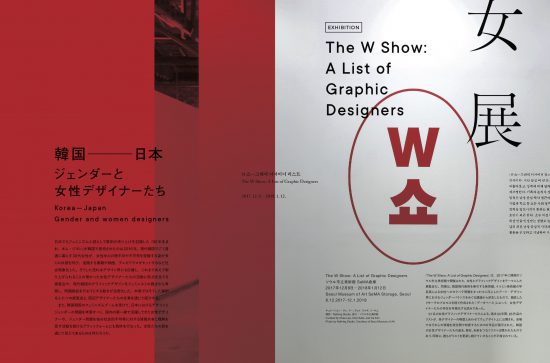
The W Show: A List of Graphic Designers
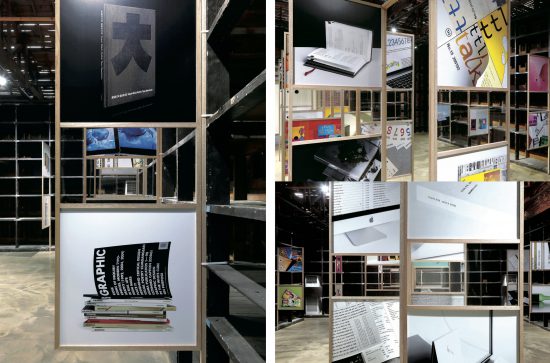
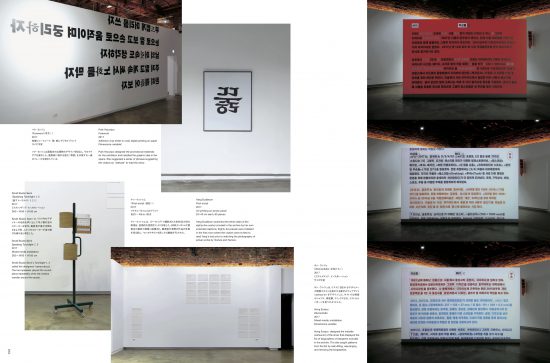
The W Show: A List of Graphic Designers
Text by Na Kim, Chae Lee, Choi Sulki
Peony and Crab: Shim Woo Yoon Solo Show
Interview with Yang Jieun
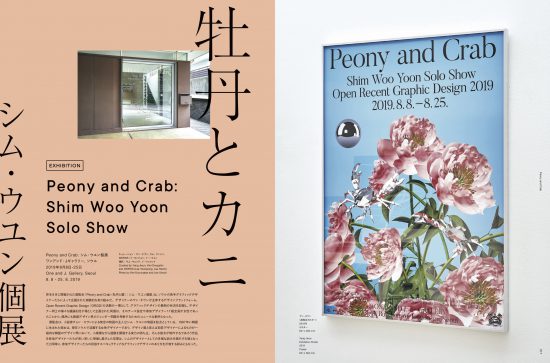
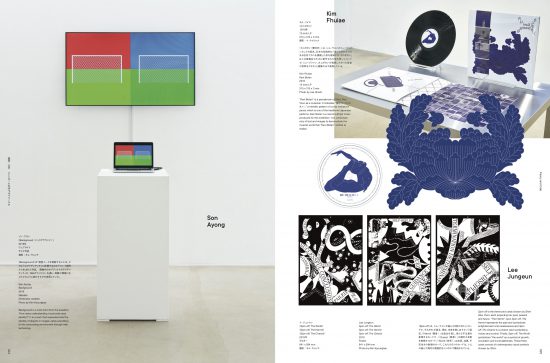
Women Designers in Seoul
Text by Shin In-ah
Yang Meanyoung
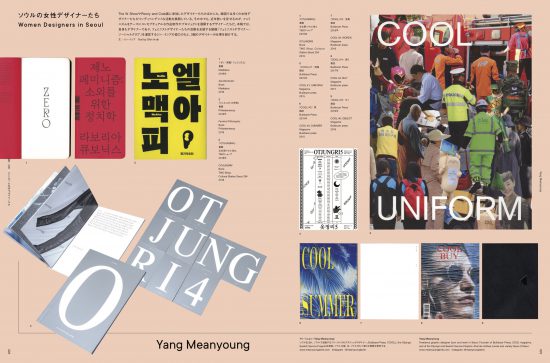
Ooh Yuni
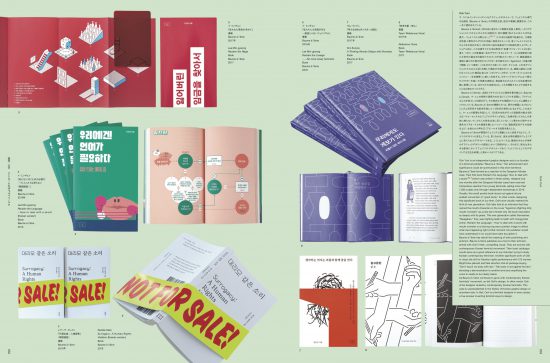
Lee Ari
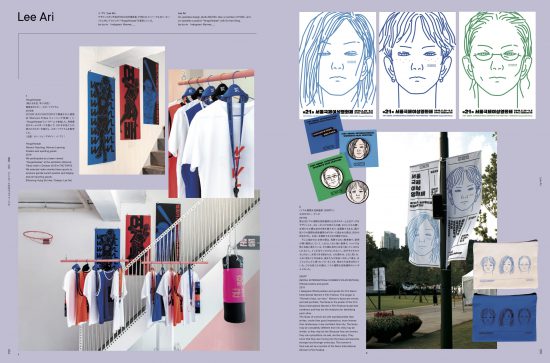
Change everyday working life of feminist designers: Activities of Feminist Designer Social Club
Interview with Shin In-Ah
On Korean Feminism: From the feminism reboot to the present
Text by Mie Kinoshita
Freedom From Gender: The work of Naomi Hirabayashi
Design by Naomi Hirabayashi
Interview with Naomi Hirabayashi
Interviewer: Chiharu Watabe, Idea Text by Chiharu Watabe
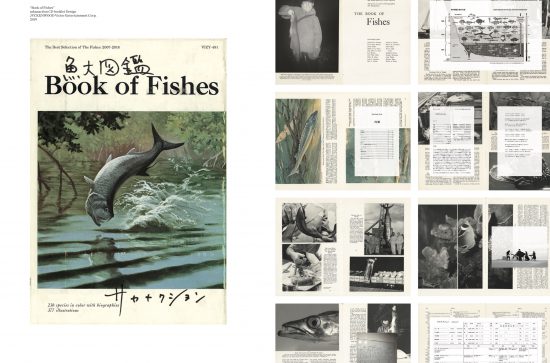
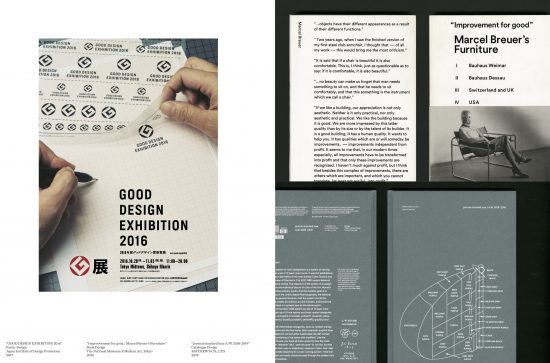
Toward a society that does not require the initialism LGBT: The initiatives of Shibaura House and nl/minato
Interview with Mami Motoyuki, Jun Nakajima
Interviewer: Idea Text by Toshinobu Nagata
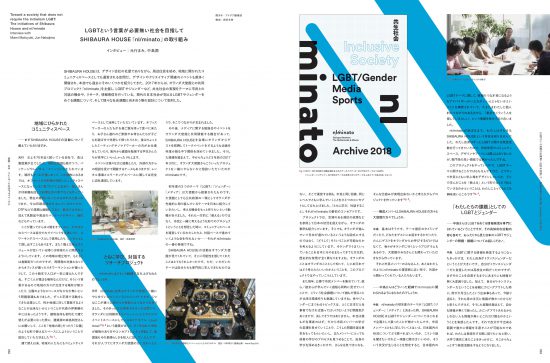
American Pioneers
Two Woman Designers: Sheila Levrant de Bretteville and Lorraine Wild
Text by Ian Lynam
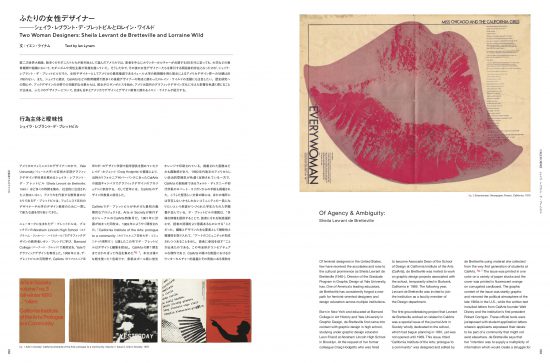
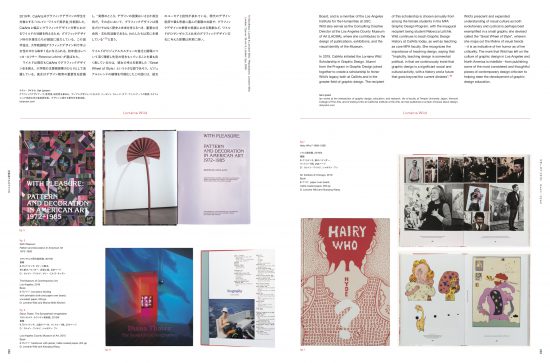
[Event] 10 tips for continuing to be a designer:
Ginza Graphic Gallery The 371st Exhibition “Paula Scher: Serious Play”
Speaker: Paula Scher
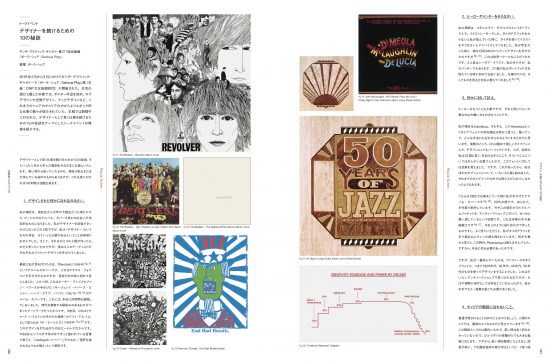
Women in Modernism
Typography and Women
Text by Yuko Miyago
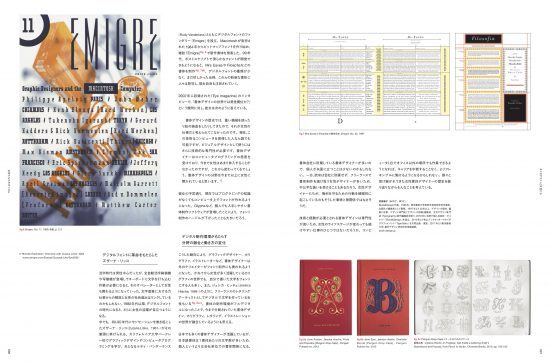
Bauhaus and Women: Michiko Yamawaki’s View of Weimar Culture and Utopian Schools
Text by Mariko Takagi
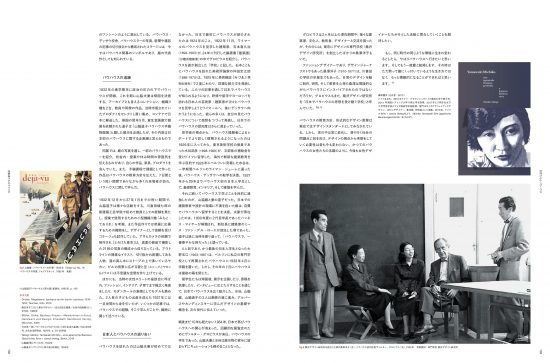
Marie Neurath: International picture language and Science
Text by Michiyo Honjo
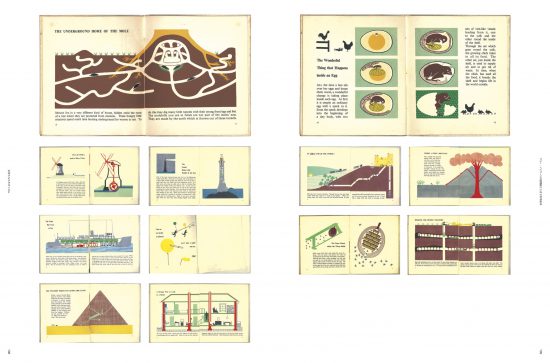
The Global Style: Modernist Typography After Postmodernism
Text by Mr. Keedy, Ian Lynam
Design by Yuta Murao
Translation by Shu Kuge, Emma Okubo
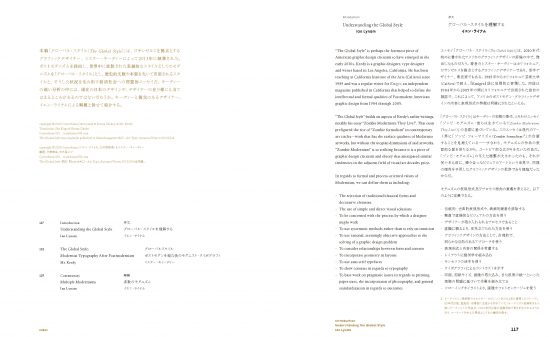
Introduction: Understanding the Global Style
Text by Ian Lynam
The Global Style: Modernist Typography After Postmodernism
Text by Mr. Keedy
Commentary: Multiple Modernisms
Text by Ian Lynam
FormSWISS #4
Total Planning / Production by Form
Creative Direction by &Form
Design by Arata Maruyama, Keitaro Takahashi, Yuichi Kato
Photography & Writing by Arata Maruyama
Translation by Mika Iwasaka, Kazuko Fujimoto-Hedges, Takaharu Saito, Naoko Sakazume
Typeface by Swiss Typefaces
Printing (pp. 131-132) by Taiyo Printing
Cooperation by Embassy of Switzerland in Japan, Zürich Tourism, Swiss Typefaces, Taiyo Printing
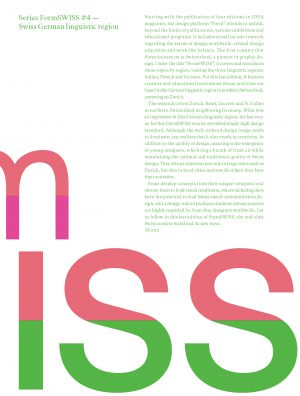
Ludovic Balland
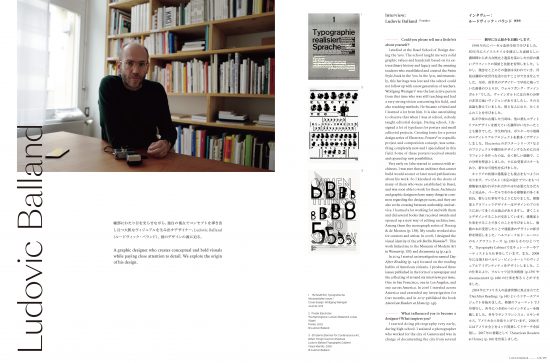
Kasper-Florio
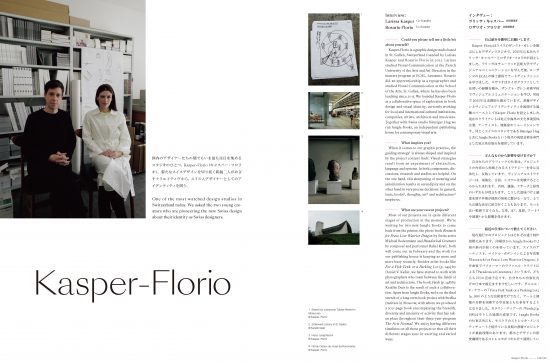
Julia Hasting
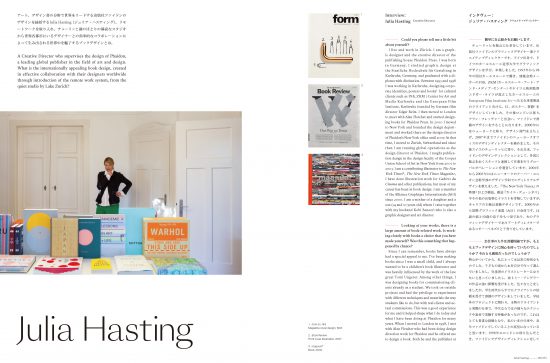
Hubertus Design
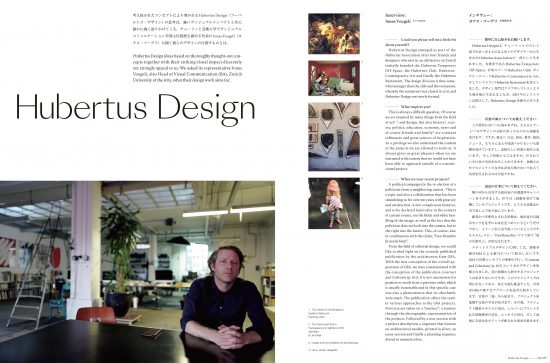
Zurich University of the Arts
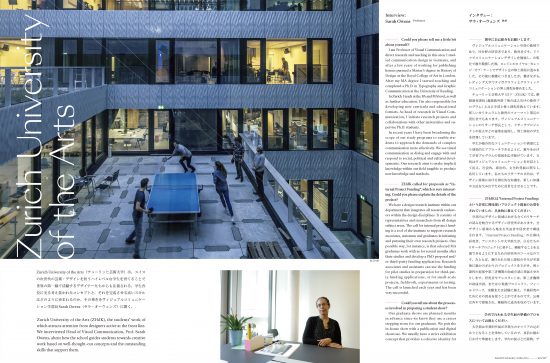
C2F
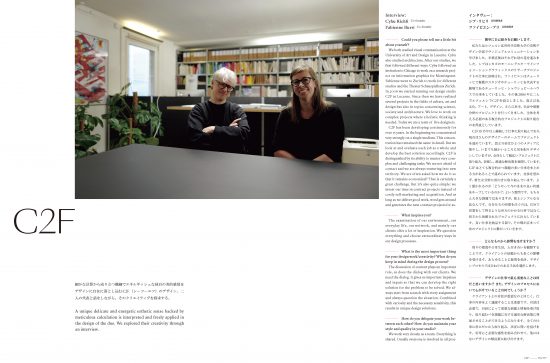
Studio Feixen
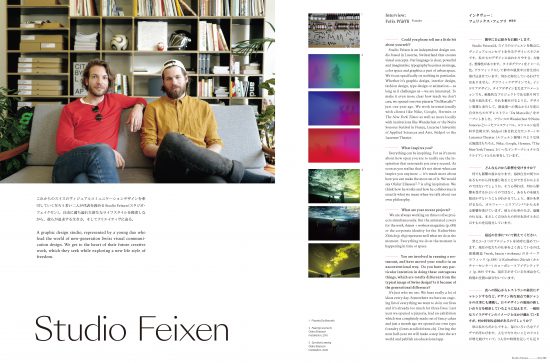
YELLOW OBJECTS―A poster rally against social injustice and fighting for freedom
Text and Image by YELLOW OBJECTS
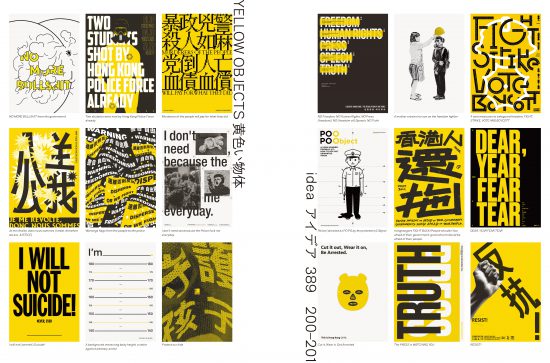
Information
Book


